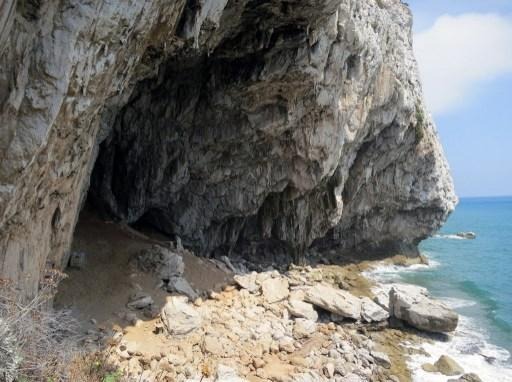Prehistoric humans were already contaminating their environment with heavy metals, reveals research published in the magazine Nature - Scientific Reports this week. An international team including Nadine Mattielli, a geologist at ULB, analysed sediments from 5 major archaeological sites on the Iberian Peninsula. They discovered high levels of heavy metal contamination, explains ULB, sharing the team’s findings. There may be a link between these traces of metal and the ultimate extinction of Neanderthals in the south of the peninsula.
At Gran Dolina, in northern Spain, researchers found heavy metals resulting from natural paleo- contamination. But the 4 other caves included in the project, which were inhabited more recently, revealed contamination due to pre-historic human activities, according to the study.
At Gorham’s and Vanguard, 2 Neanderthal sites in Gibraltar, levels of sediments containing copper, zinc, and nickel, can be called “the most ancient proof of human (from the Middle Paleolithic) pollution ever found,” says the ULB press release.
At El Pirulejo, in Andalucia (an Upper Palaeolithic site), researchers noted that traces of lead point “to work with galena, a lead-rich mineral, which was used by prehistoric humans both in funeral rites and metalworking.”
“This paleo-contamination most probably affected the health of cave dwellers, and may have contributed to the final extinction of Neanderthal humans in the South of the Iberian Peninsula,” suggests the report. New research focussing on this specific issue will be undertaken in Spain.
(Source: Belga)

